|
Peak District Crash Site Page.
B 29 Over Exposed.
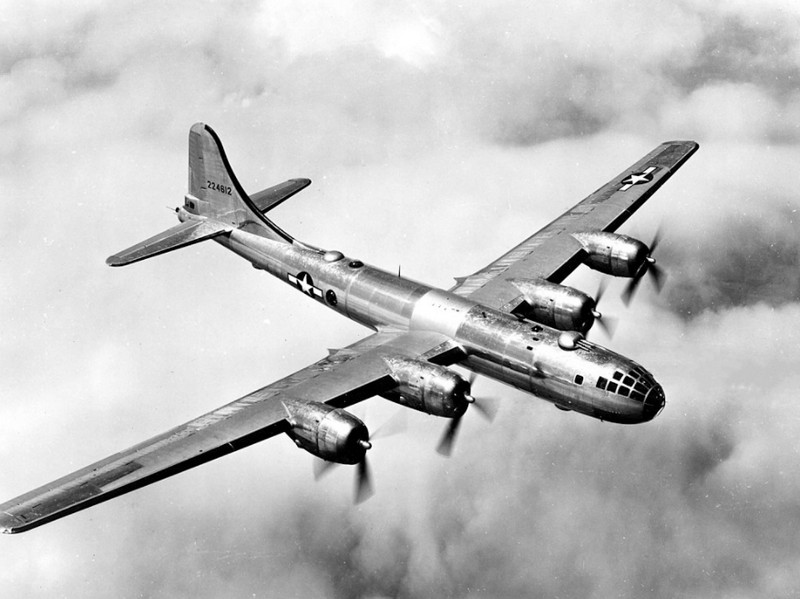
The Crash Site of Boeing B-29A Superfortress 44-61999
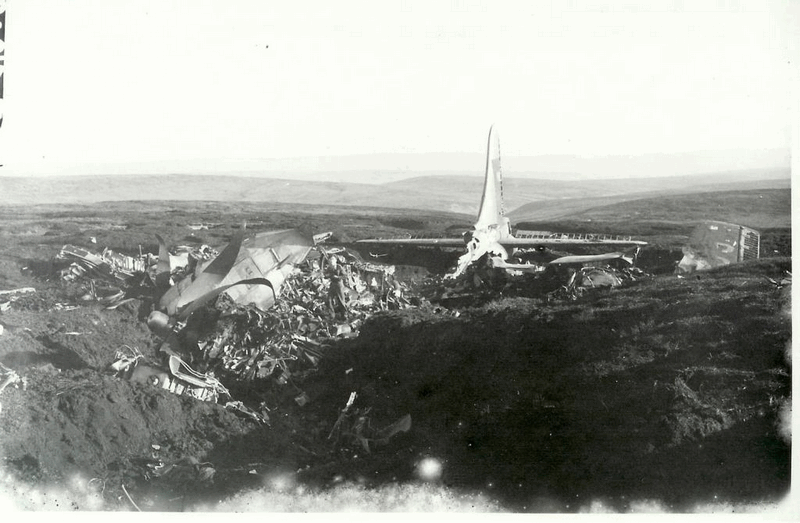
An RB-29A Superfortress 44-61999 crashed on 03/11/48 & it killed 13 people who where on the actual plane. They where en-route from Scamptom to Burtonwood.
Boeing B-29A Superfortress 44-61999 Was Built at Renton Washington and Assigned to the 16th Photographic Reconnaissance Squadron of the 91st Reconnaissance Group,311th Air Division, Strategic Air Command USAF.
The Aircraft was Nick-Named Over Exposed.
The Aircraft was Based at RAF Scampton Lincolnshire at the time of the crash but was Previously being used During 1946 Filming Atomic Weapons Tests at Bikini Atoll in the Marshal Islands.
Boeing B-29A Superfortress 44-61999 crashed en route to RAF / USAF base Burtonwood Warrington from RAF Scampton near Lincoln. The aircraft crashed at Higher Shelf Stones Bleaklow near Glossop in the Peak District at 11 am on the 3rd of November 1948 its Thirteen crew perished in the crash.
Having previously surviving WW2 the crew had completed their tour of duty and were to return back to the States in 3 days later
The aircraft was carrying Mail and the 7,400 Dollar payroll for the American service personnel at Burtonwood.
They took off at 10 .15 from RAF Scampton, the flight was to take less than one hour.
The sky that day was covered with low clouds and was being conducted on Instruments, Having flown for the time the crew believed it should have taken them to cross the hills they started to descend but the aircraft had not quite passed the hills had hit the ground near Higher Shelf Stones Bleaklow killing all 13 onboard.
Captain Landon Tanner was still Seven Minutes flying time before his descent point to the runway at Burtonwood, the course of the accident was thought to be a Navigational error. The wind that day was a very strong headwind what is, without doubt, to throw off the navigator's calculations and Tanner began his descent too soon thinking they were some 30 miles clear of the hills.
Captain Tanner had also been told about the low Cloud of his flight path that day, he had also flown this route many times before and knew about the high ground and would not have Descended through the fog and low cloud to get a Navigation Bearing unless there was some kind of Instrumentation/ Altimeter failure that Tanner was unaware of, but we may never know the course of the Accident.
Had the Boeing B29 been 15 Feet higher they would have cleared the 2,037 feet hill. When the aircraft failed to arrive at RAF Burtonwood an air search was called out and the burning aircraft was spotted.
Members of the RAF Harpur hill Mountain rescue team were doing an exercise in the same area, they moved in two parties, through rain and fog towards the crash site and found the aircraft still on fire. The rescue team realized that there were no survivors.
Later more search teams arrived and searched the 200 yards long debris trail until all the bodies of all the crew were found.
The crew Members and Additional Crew that Perished are Listed Below.
Pilot, Captain Landon p Tanner
Co-Pilot, Engineer, Captain Harry Stroud
Navigator, Technical Sergeant, Ralph Fields
Radio operator, Sergeant Charles Wilbanks
Radio operator, Sergeant, David Devere Moore
Radar Operator, Sergeant, Gene A Gartner
Technical Sergeant, Saul R Banks
Camera Crew, Sergeant, Donald R Arbogast
Camera Crew, Sergeant, Robert I Doyle.
Camera Crew, Private First Class, William M Burrows
Additional Crew
Captain Howard Keel of the 4201st Motion Picture Unit
Corporal, George Ingram, Photographic Advisor
Corporal, M Franssen, Passenger
Wedding Ring Story
During the 1970s Gerry Scarratt from Hadfield found a wedding ring at the crash site that belonged to Capt Tanners. Gerry tracked down his daughter Jean and returned the ring to her.
Nose art of the B29 Over Exposed

Photo of Boeing RB-29A Superfortress 44- 61999
Nicknamed 'Over Exposed' when assigned to the 16th Photographic Reconnaissance Squadron with task Force 351 (seen here with a different crew) The aircraft was one of seven other aircraft taking part in what was called operation crossroads during 1946.
The Squadron at this period of time was based at Kwajalein, Bikini Atoll in the Marshall Islands. Each of the aircraft was fitted out with cameras, including cine cameras to record the effects of atom bombs dropped on ships out at sea.
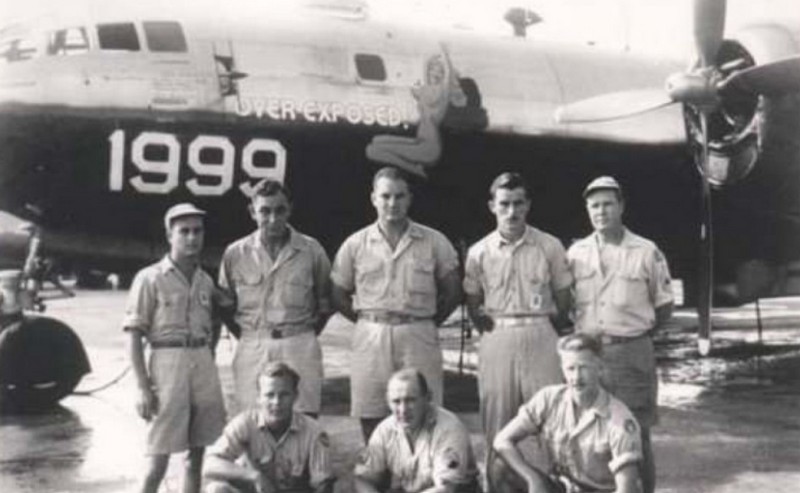
Rescue teams at the crash site
Photo of Capt Tanner the Pilot of the aircraft
During the 1970s Gerry Scarratt from Hadfield found a wedding ring at the crash site that belonged to Captain Tanners. Gerry tracked down his daughter Jean and returned the ring to her.

Crash site Memorial
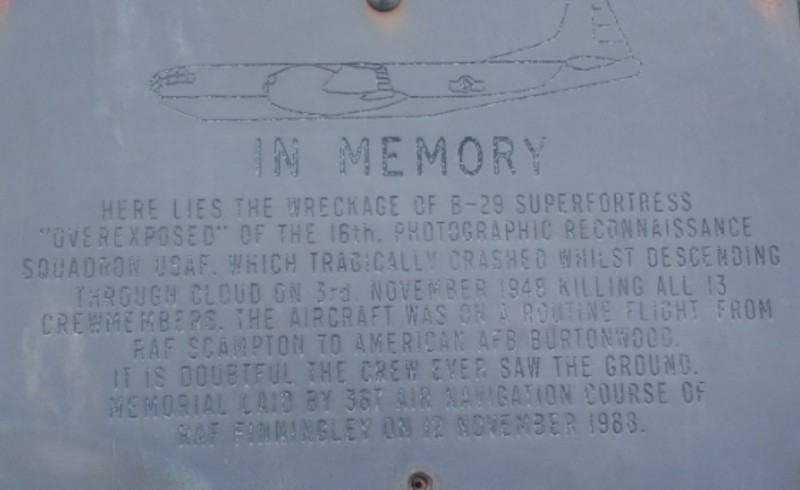
A Memorial created by crash site visitors.
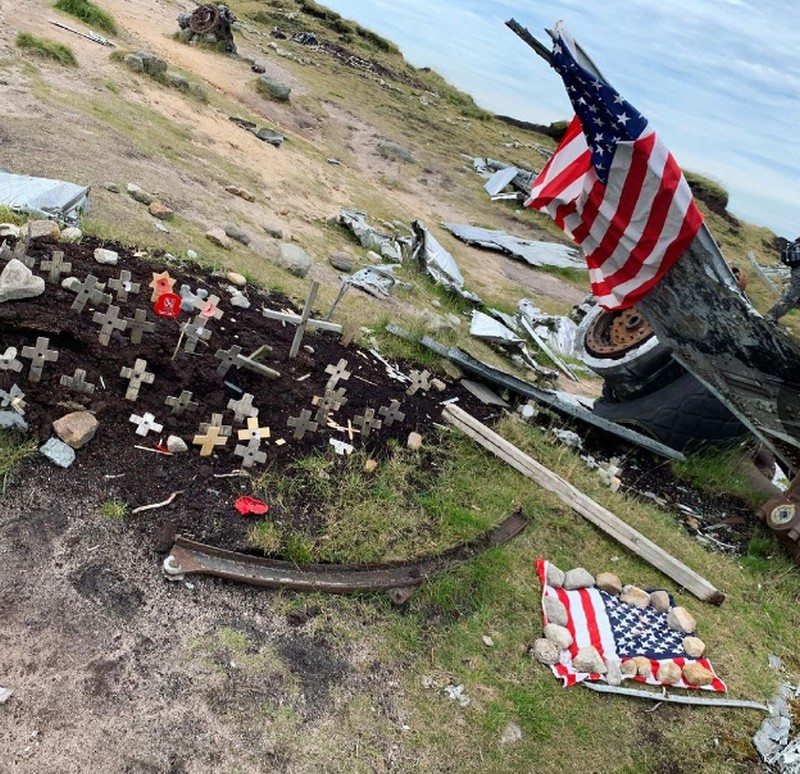
Close up of the tail section
Credit to John Wilsons Father
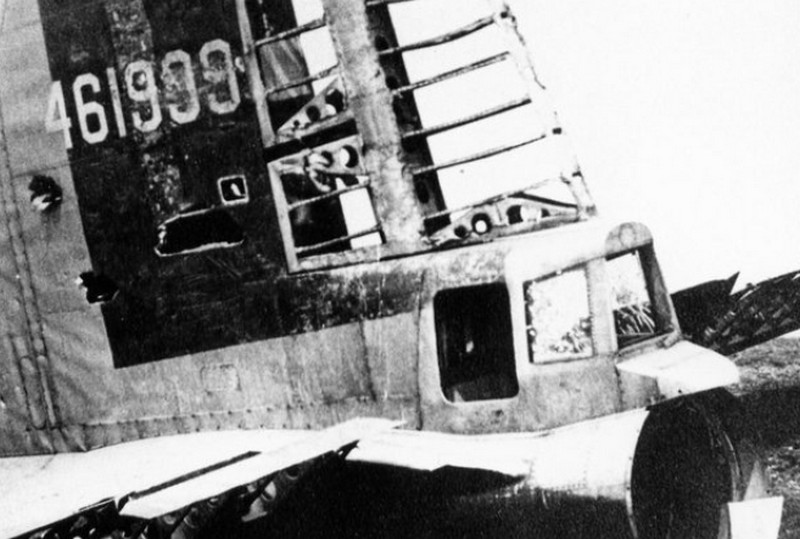
Remains of the tail section.
Credit to John Wilsons Father
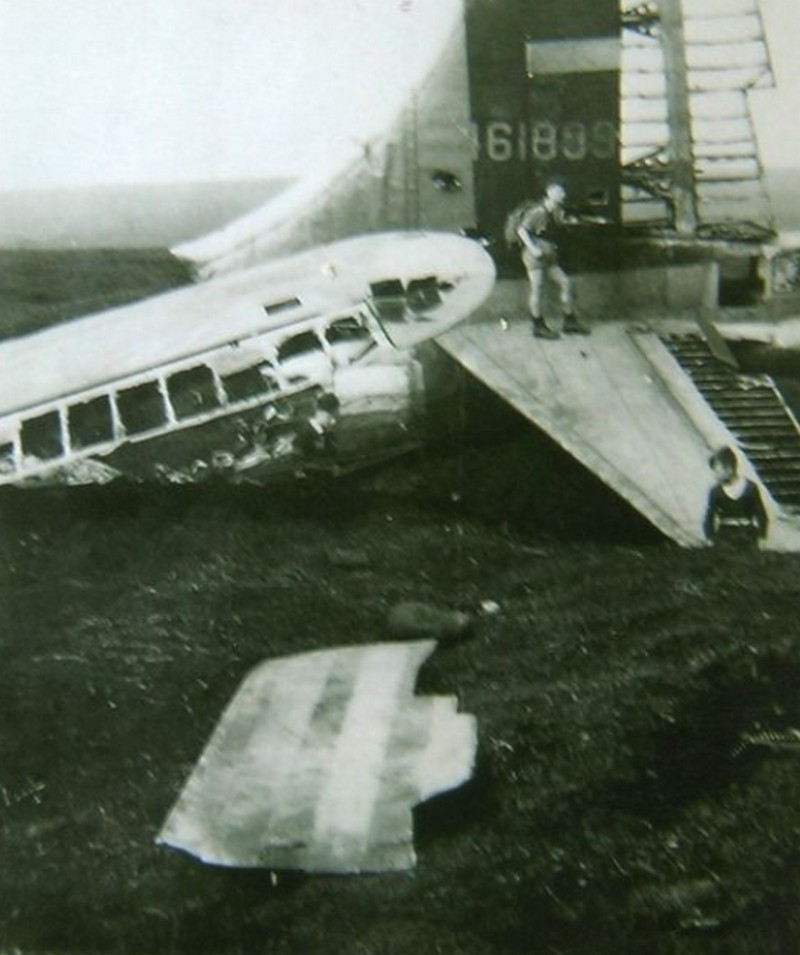
Looking across part of the crash site
Credit to John Wilsons Father
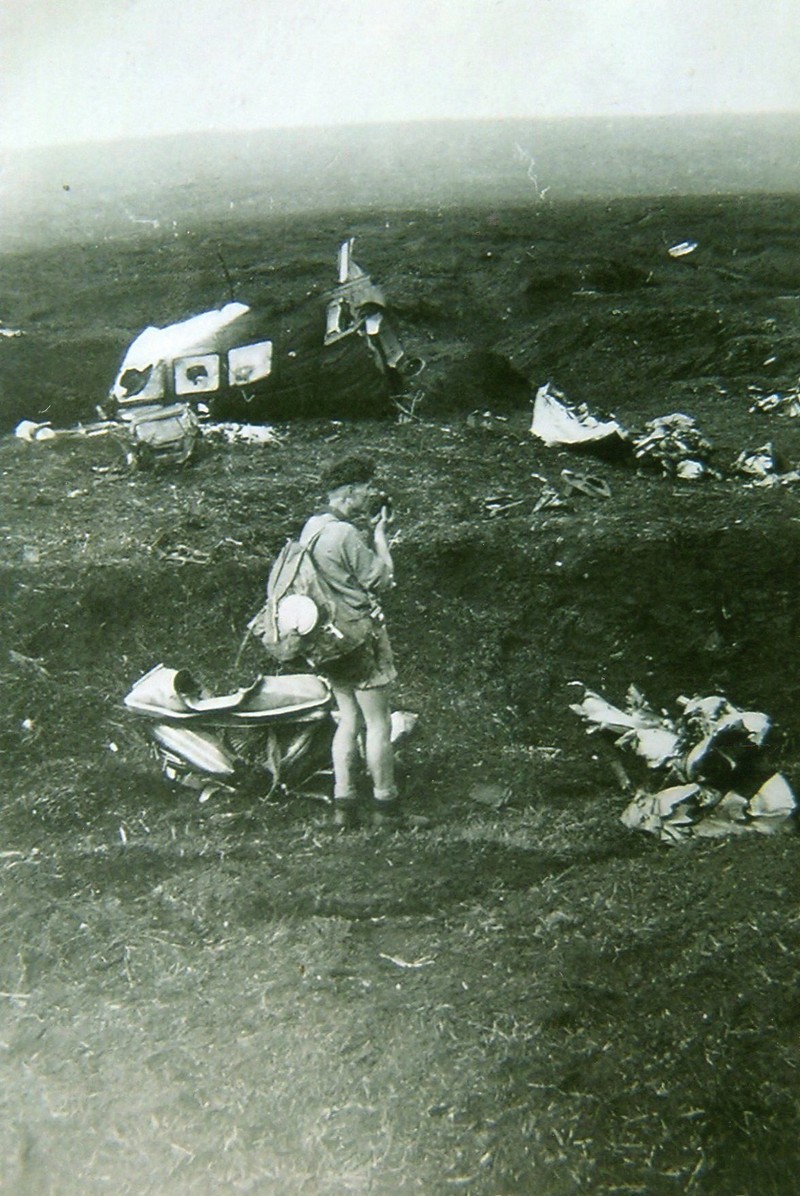
One of the 4 huge Wright Cyclone 3350, 18 cylinders 2,200 horsepower engines
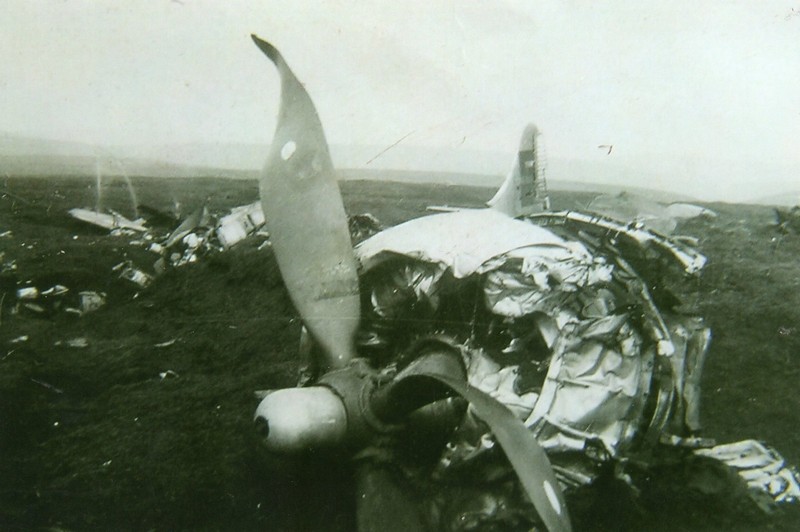
Scattered Miscellaneous Parts. Photos Taken in June 1988.

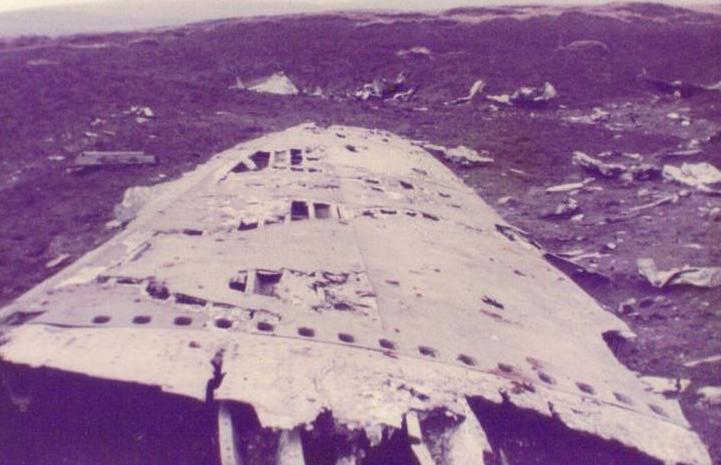
Me, About 20 Years Ago Standing
Next To a B29 Radial Engine.
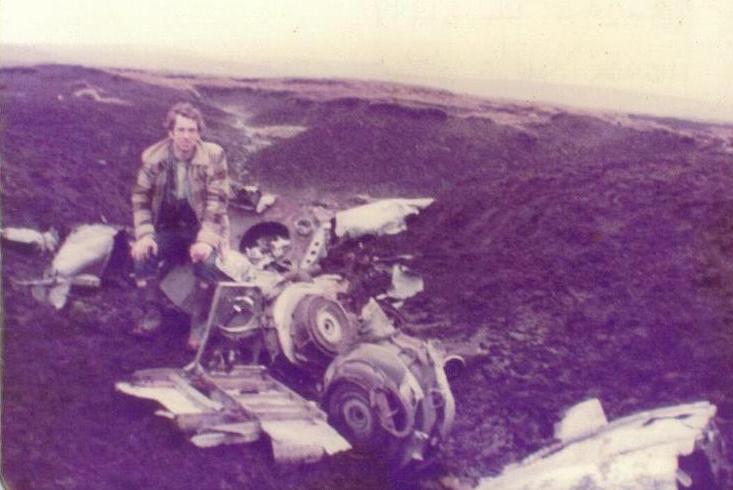
Me, About 20 Years Ago
Standing Next To a Cooler.

My Old Friend Johnny, Standing Next
To a Massive B29 Undercarriage
From The Side.
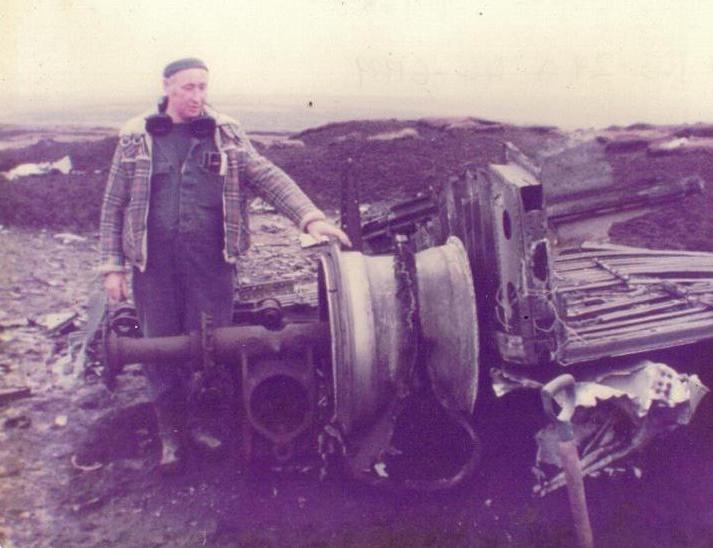
My Old Friend Johnny Standing Next To a Massive B29 Undercarriage,
Showing How Clean The Hydraulics RAM is Since 1948.
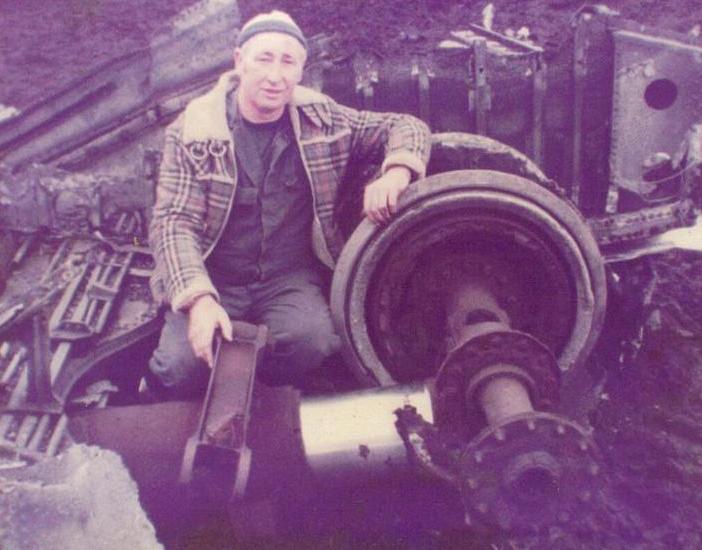
Single-engine aircraft Beaver DHC-2 - Crash Site
near Glossop Derbyshire on 5 December 1956
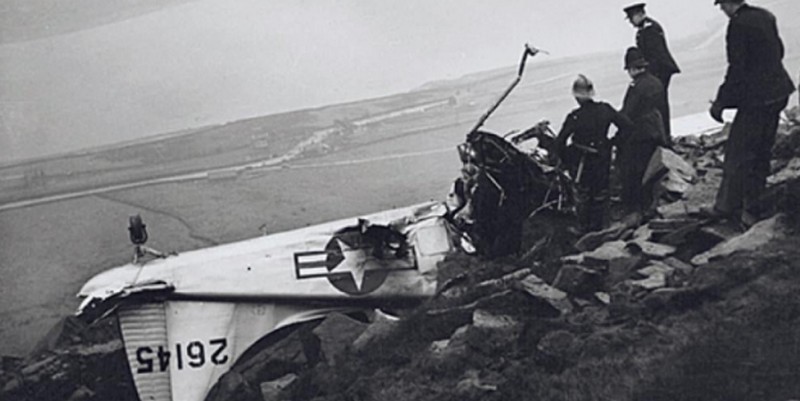
While cruising in marginal weather conditions from RAF Sculthorpe to RAF Burtonwood, the single-engine aircraft Beaver DHC-2 struck a hill located near Glossop Derbyshire on 5 December 1956 and was destroyed upon impact.
Both occupants were killed.
Crew:
1st Lt John Rossman Tinklepaugh.
Passenger:
1st Lt Guy B. Waller.
Probable cause:
The accident was the consequence of an ATC error as the aircraft was misidentified by a GCA controller at RAF Burtonwood and guided against the mountain.
|







